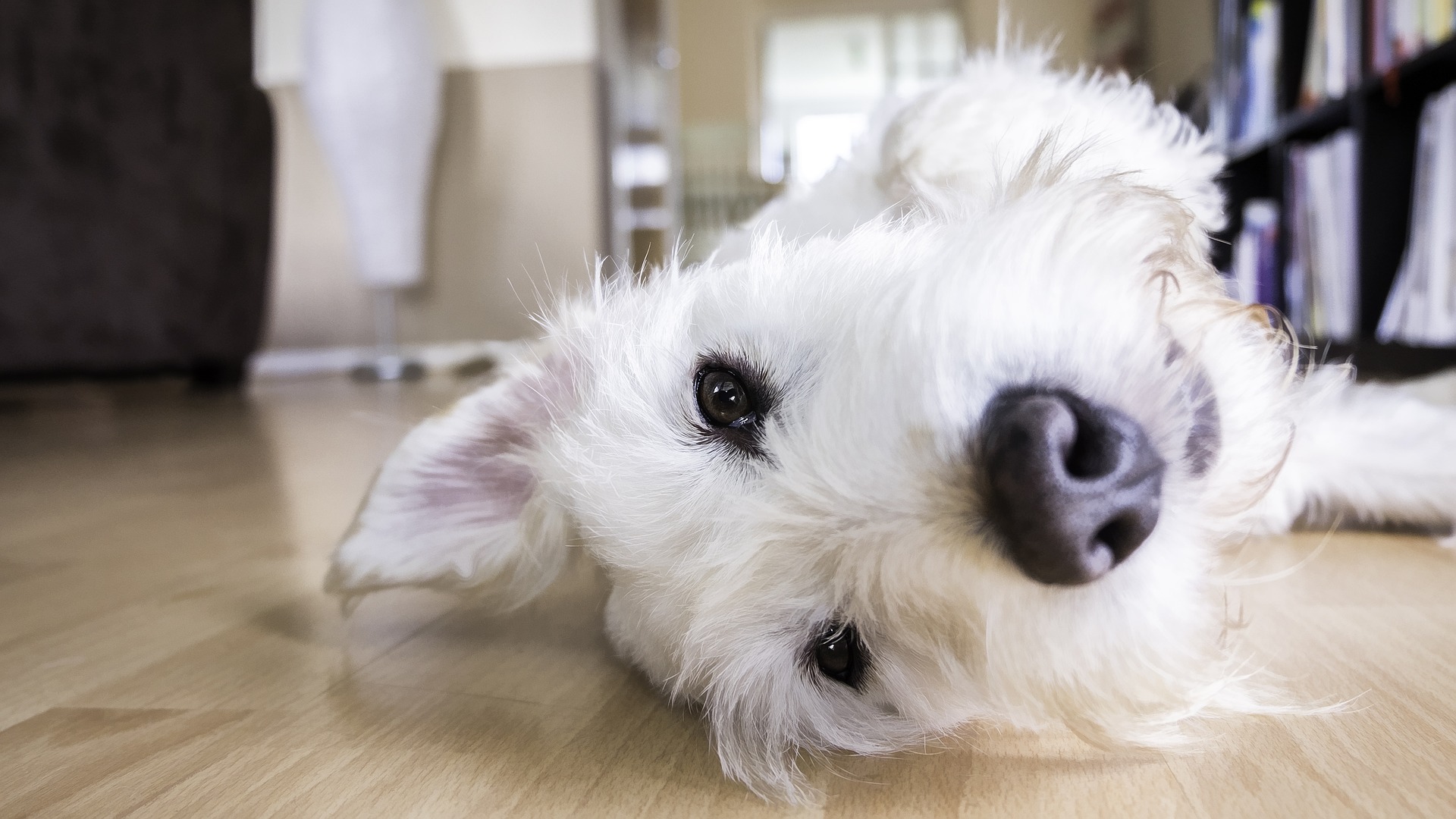Adopting a new pet is a time filled with excitement – and new responsibility. Animals can get into trouble in ways you may not anticipate. Pets are curious and will want to explore any areas they can find and all objects that can fit in their mouths. The good news is, there are steps you can take to keep your home safer for your fur-babies. Follow these tips for pet proofing your house to keep your pet and your belongings safe.
Pet Proofing: Kitchen and Bathroom
- Add childproof latches on doors and cabinets. To prevent accidental consumption of toxic chemicals, store all cleaning products and other chemicals in a cabinet and add childproof locks so that curious paws and noses cannot get to them. Alternatively, place them on a high shelf or cabinet that they cannot reach.
- Always check the washer or dryer before running a load. Small animals, especially cats, will often crawl inside these machines out of curiosity.
- Close the toilet seat. This will prevent accidental drownings when your pet decides their water bowl simply will not quench their thirst.
- Be careful when eating or handling toxic foods. Most people are aware of the danger of chocolate to dogs. However, did you know that common foods like garlic, onions, grapes and nuts can also be life-threatening? Frequently sweep and clean your floor, especially after cooking with any of these items, to ensure your pup won’t find some to snack on later.
- Keep food items away from counter edges. If your pup is tall enough to reach the counter, odds are you have witnessed them “counter surfing” to try and grab a snack. By pushing all food to the back of the counter or putting it elsewhere, you can avoid losing your leftovers.
Living Room
- Cover, move, or tape wires. Exposed wires pose a huge risk to dogs and cats who love to chew. If you can keep wires inaccessible by tucking them behind furniture or taping them to the floor with strong tape, you’ll prevent accidental wire-chewing.
- Make sure all HVAC vents are covered. A small kitten could easily crawl into an exposed vent for warmth and get lost or hurt.
- Research your houseplants. Many houseplants are toxic to pets–most are not usually lethal, but cause significant gastrointestinal distress. Others, like lilies, are lethal to cats in extremely small doses. Find out if any of your houseplants are toxic and move them out of reach or get rid of them altogether. You can reference our article on Pet-Safe Houseplants for a list of common houseplants that won’t hurt your pet if they happen to chew on them.
- Keep leashes, shoes, and other items with string out of reach. Any length of rope or string could wrap around your pet and cause harm.
- Place padding on sharp corners of furniture. This may seem a bit extreme, but we have known rambunctious pups to whack their noggins on corners of coffee tables and chairs frequently. Most times they are okay, but sometimes small cuts occur. If this sounds like your pup, decrease the risk by padding corners and edges.
While your specific living situation may require more or less preparation than stated here, these tips will help guide you to creating a safe household where your pets can live and play without fear of accidental harm.
Another great way to keep your pets safe is to make sure they are properly trained. Call the experts at Gulf Coast K9 Dog Training to set up an appointment to learn about our obedience training classes. Serving the greater Sarasota and Bradenton area.





